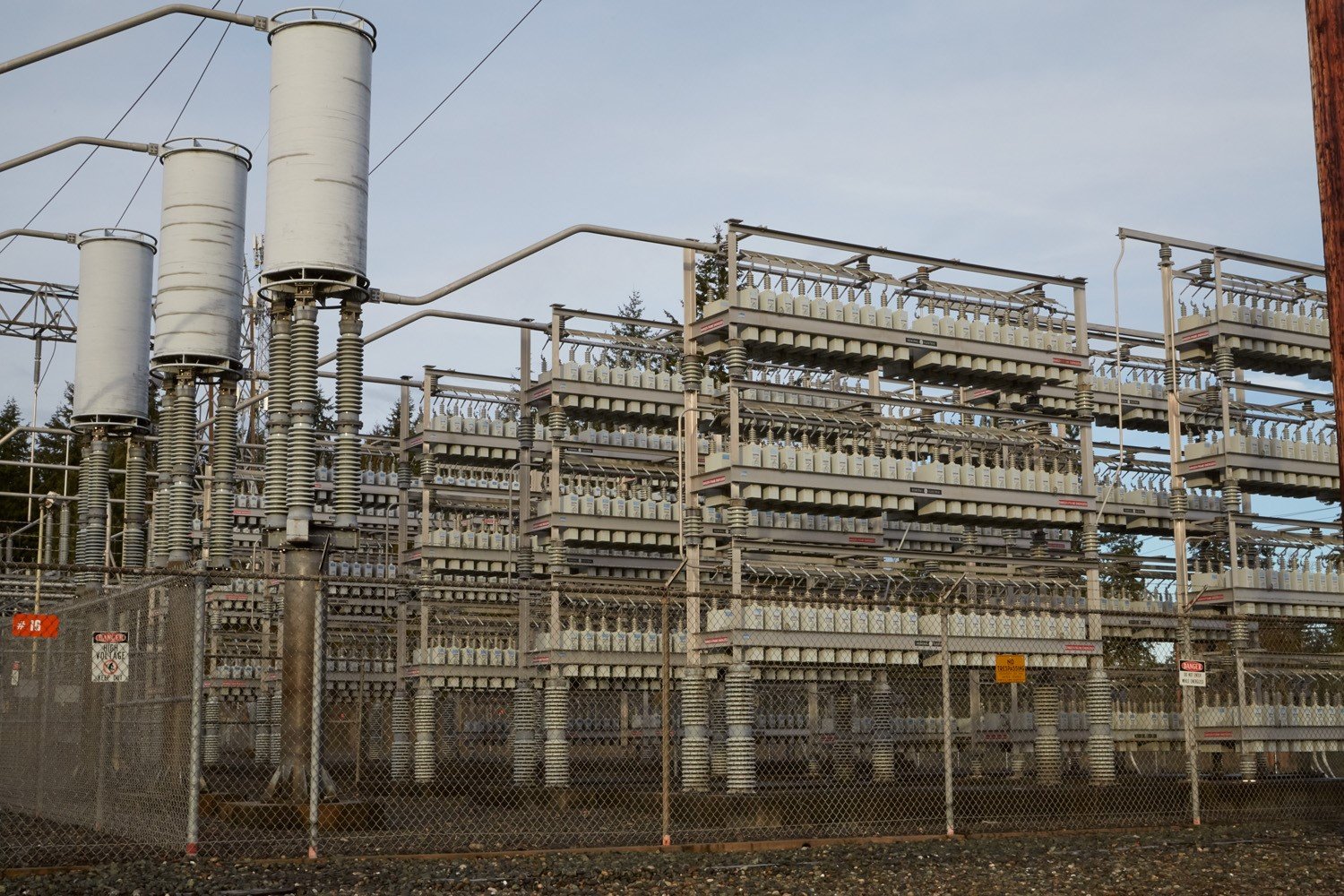@SquirrellCook i told onboard energy that I needed the charger to work with my genny and they said it needs 2.3 amps. They never mentioned power factors nor did I ask.
It may be that that is the correct figure, already taking into account the power factor of their charger.
E.g. if delivering 30 A into a Lithium
battery at 14.2 V, that's 426 W. From their datasheet they are "up to" 93% efficient, that would mean it takes 458W, which is 1.91 A at 240 V.
So stating that it takes 2.3 A suggests that may already take into account a power factor of 0.83, which would be very good.
I'd certainly not expect a cheap Chinese power supply to be that good. According to my plug in meter for example the charger in my Electrobloc is about 0.7, which is not great, but it's what I have.
Edit:, so at best, if the Electrobloc was putting it's rated 18A at 14.4 V into my 180Ah
battery bank just as it moves from bulk to absorption, let's say it is 85% efficient (it as an old basic design) that would be pulling 435 VA from my 900 VA generator. I'd like to put in more than 18A which is why I am thinking about adding an additional charger, either in parallel or to replace it. Also why I chose some different batteries recently which should be capable of accepting that current better than the previous leisure AGMs. The harder you charge and discharge them, the lower the lifetime that you might expect.
I'm not ready to consider say a single 100 Ah Lithium yet, that might, on paper be able to replace my big heavy lead bank, cope with regular 100% discharge, and recharge in 2 hours at 50A, for thousands of cycles with little degradation. I am still skeptical about the realities of that, and their ability to cope with low temperatures. OK the best EV makers can "supercharge" their batteries much faster than the 2C rate, but they don't get discharged in 2 hours, far from it, and have cooling, and warming systems whilst they are doing that.
As for running things like massive 1000 W
inverter, for some reason, that has to pull at least 90A. If a single Lithium could do that, and even if the BMS allowed it, it would be brutal for it.
If so you would need 552 VA from your generator to power it, leaving up to 348 VA capacity for other things as well for a 900VA job. Thats VA, not necessarily usable watts, depending on what other things you have plugged in as well.
And I would not choose to habitually run my generator that hard, even though it is rated for that.
In summary I think that the one you have chosen would be well sized, matched to a 900VA generator.
Some basic info about PF, VA and watts:
What is power factor and why is it important? Learn how to calculate the power factor formula, each component of the equation, and why it matters.

www.fluke.com

